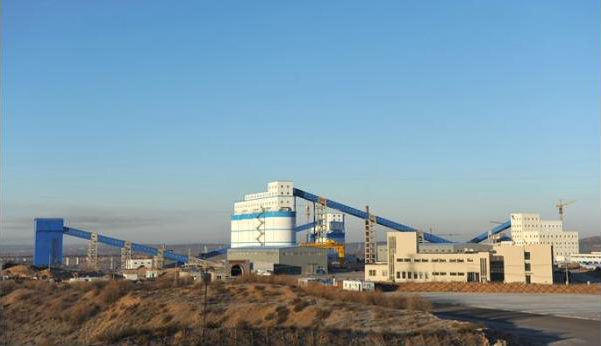Industrial and mining enterprises typically require a large amount of energy to support their production processes, and waste heat and wastewater are common problems that these enterprises often encounter. However, these wastes can be utilized as a renewable energy resource and can also solve internal energy problems for enterprises. This article will explore how industrial and mining enterprises can utilize mine water and waste heat for heating.
1、 Characteristics of mine water inflow and waste heat
Mine water inflow refers to the phenomenon of groundwater gushing out of underground coal mines or metal mines from mines or boreholes. These waters typically have a high temperature, typically between 30 ℃ and 80 ℃, and also contain many organic and inorganic salts. These characteristics determine that mine water and waste heat can be used as a renewable energy resource.
2、 A Method of Heating by Utilizing Waste Heat from Mine Water Inflow

Heat pump system: A heat pump system is a technology that utilizes low-temperature waste heat to generate high-temperature heat energy. By using mine water as a heat source, it is transferred to the heat pump system, and then the low-temperature heat energy is elevated to high-temperature heat energy using a compressor and heat exchanger. Finally, it is transported to the heating system. This method can not only improve energy utilization efficiency, but also reduce environmental pollution.
Direct heating system: Direct heating system is a technology that directly uses mine water for heating. By directly conveying mine water to the heating system, it is used for heating. This method is simple and direct, does not require complex equipment, but has high requirements for water quality and temperature.
3、 Advantages of mine water inflow and waste heat heating
Energy saving: Utilizing mine water and waste heat for heating can greatly save energy consumption and reduce enterprise energy costs. Due to the existence of water inrush in the mine or within the mine, there is no need for external energy supply, which can to some extent reduce dependence on traditional energy.
Environmental protection and energy conservation: Using mine water and waste heat for heating can reduce the waste emissions of enterprises and reduce their impact on the environment. Compared with traditional energy sources such as coal and fuel, using waste heat for heating can effectively reduce emissions of pollutants such as CO2, achieving the goal of environmental protection and energy conservation.
Good economic benefits: Utilizing mine water and waste heat for heating can significantly reduce energy costs for enterprises and improve their economic benefits. Although certain investments and equipment updates are required, these costs can be quickly recovered by saving energy and reducing operating costs.
Enhancing enterprise competitiveness: Adopting mine water inflow waste heat heating technology can not only reduce the cost of enterprises, but also improve their social image and enhance their competitiveness in market competition. This is of great significance for the long-term development of enterprises.
In short, using mine water and waste heat for heating is a technological means that saves energy, is environmentally friendly, and has good economic benefits. With the increasing awareness of environmental protection and the increasingly severe energy issues, this technology has broad prospects for application.







Comment